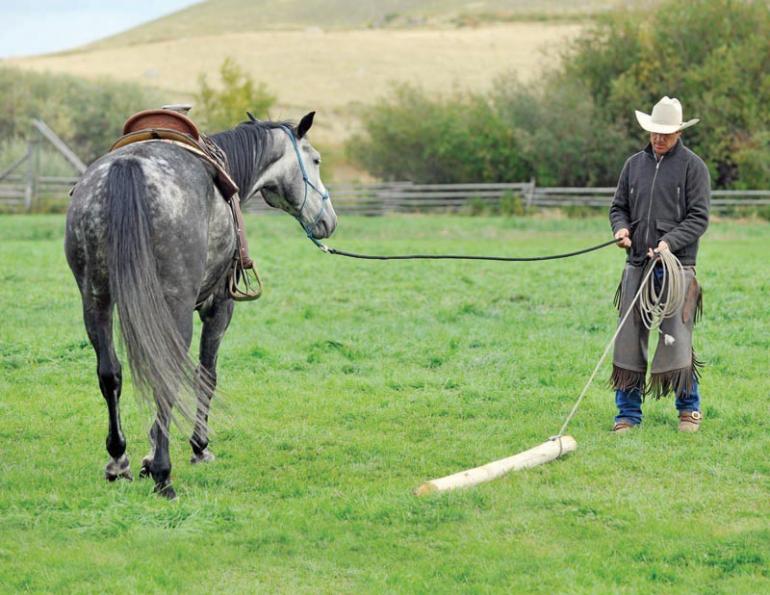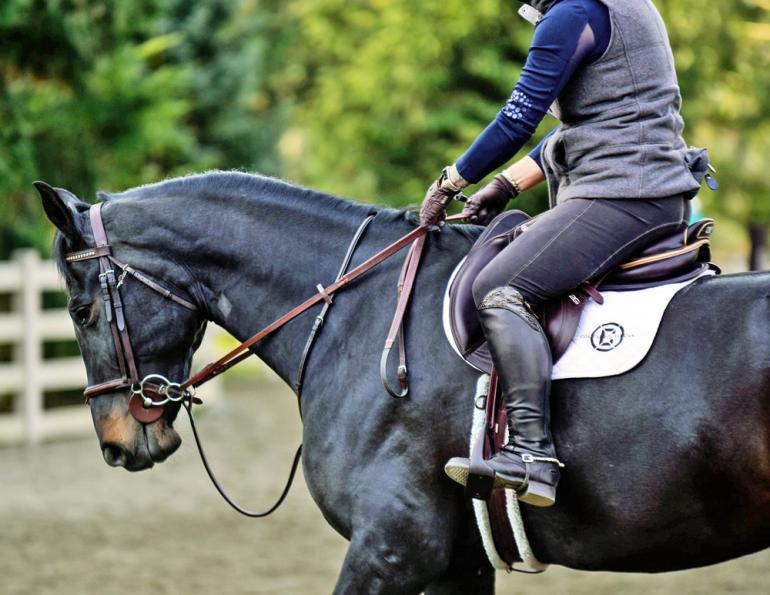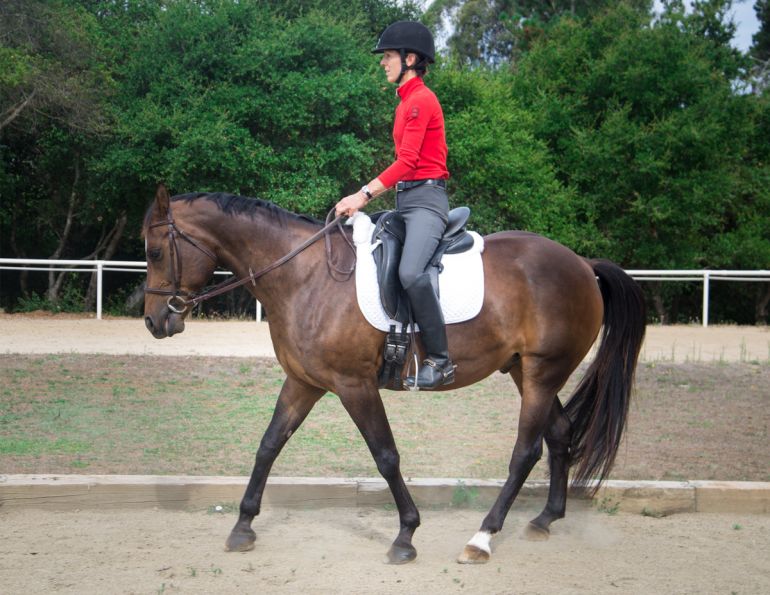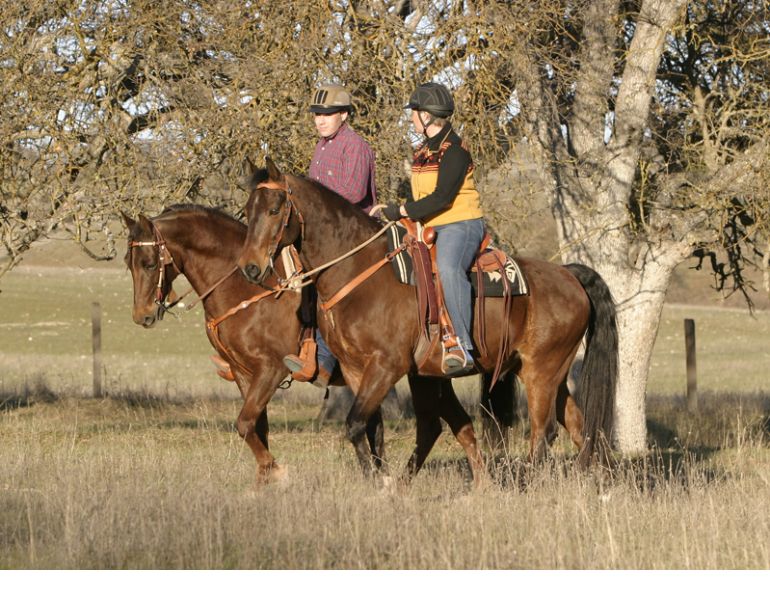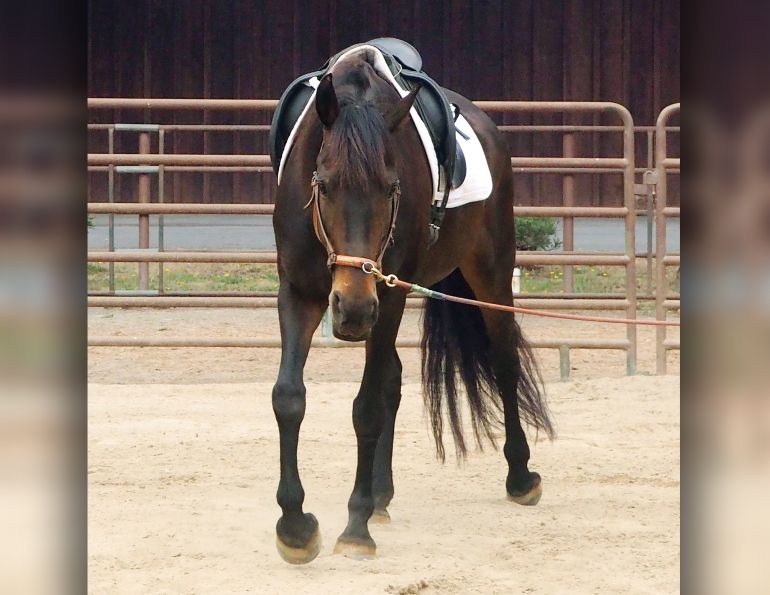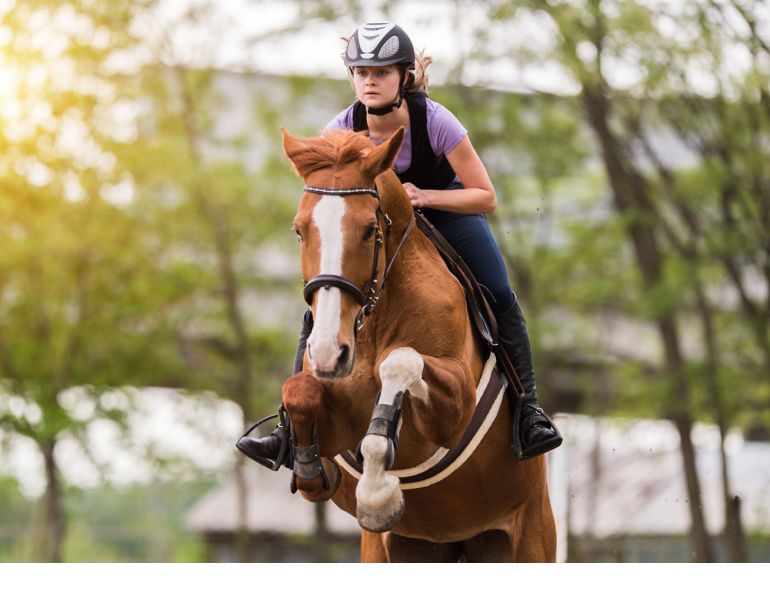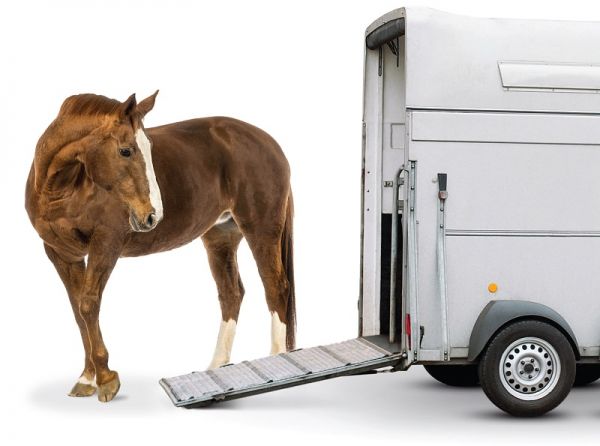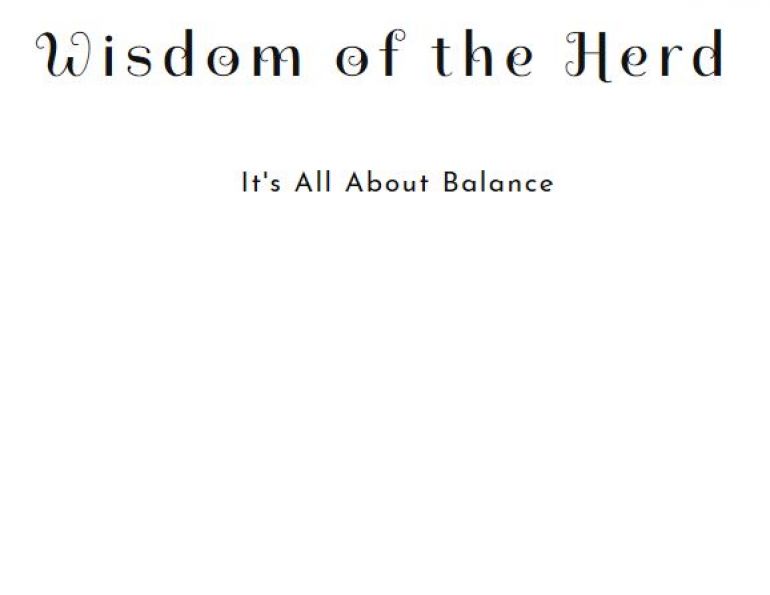By Lynn Baber
Western pleasure classes are included in most breed and open circuit horse shows. Horse owners looking for ways to have more fun with their horses often pick the pleasure class as the first attempt in their new show career. Because the class routine itself is not very complicated, new exhibitors are frequently confused and disappointed by their lack of early success. Here are the basics of Western pleasure competition and the qualities the judge looks for in a winner.
Western Pleasure Is Not As Simple As Many Think
Horsemanship is similar to other sports like dancing and gymnastics. Unless you have dedicated a considerable amount of time and study to them, you won't have a clue about how to evaluate differences among couples on the dance floor or gymnasts performing their floor exercises. Judging a 'simple' class like Western pleasure is really quite complicated.
In a Western pleasure competition, each horse and rider team performs three gaits going one way in the arena, then reverse and do the same three gaits the other way. At some point they will also be required to back up. The three gaits are walk, jog, and lope. How difficult could that be to score?
Western pleasure is actually quite technical. Many riders compete in Western pleasure and never truly understand what the judge looks for when selecting the winners and placing the riders from first to last. In a pleasure class only the horse's performance is judged, not the rider's. Riders are judged in horsemanship and equitation classes.
Related: The Sandwich Lope in Western Dressage
Here are a number of questions a judge asks regarding each horse's trip through the pleasure class. If you don't understand what one of these questions mean then the likelihood that your horse is performing correctly is not great. Research that particular topic or ask someone to explain it to you.
What the Judge Looks For in a Winner
Are the horse's gaits true? Is the horse exhibiting 'lift' in its shoulders? Is the performance consistent, each stride the same as the one before and the one after? Does the horse move in an easy, collected manner? Does the horse appear to present a pleasant picture, with a consistent frame and natural head carriage, not too high or too low? Is the horse slow-legged and natural or do the gaits appear to be manufactured?
It is easier to judge a class of great exhibitors than a class without any real winner. How would you judge between a horse that doesn't perform all three required gaits and one that tries to buck or run off with its rider? Which one should place over the other? Sometimes manners make all the difference between earning a fourth place ribbon or first place trophy.
Knowing the rules is important, but it isn't enough to produce a win. Have fun. Go to a few practice shows; offer to be a ring steward for a judge at a local open show. Every world champion started at the beginning. Good luck and enjoy!
Related: What is Contact? And Do Riders Really Need It?
To read more by Lynn Baber on this site, click here.
About the Author
Whether the topic is personal success or training stallions, Lynn Baber brings years of experience to readers and audiences. Highly credentialed in issues of leadership, relationship, and most things equine, Lynn has a unique perspective not found elsewhere. Lynn's career included business consulting, work as a motivational speaker, and high-level success as a horse breeder and trainer. Lynn is now a writer and director of Amazing Grays Ministry. Follow her blogs, articles, and books by visiting www.LynnBaber.net.
Article Source: www.EzineArticles.com
Main Photo: Robin Duncan Photography



